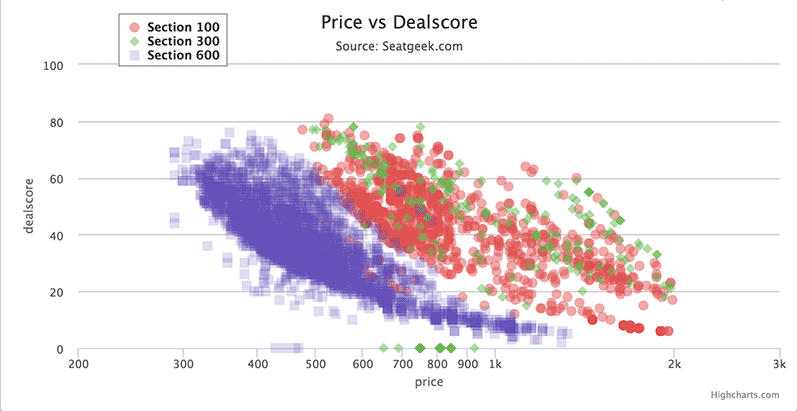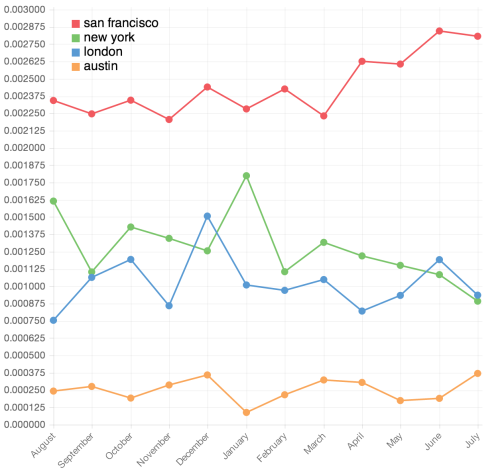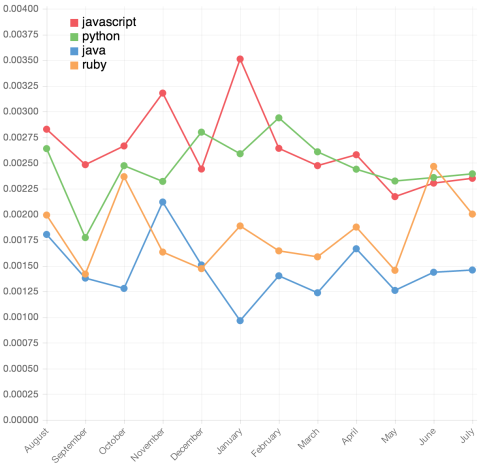Check out the story, or head straight to TSAClaim.com, a website that makes filing a claim with the TSA super easy.
In December I returned back to San Francisco after spending the holidays with family, lugging a week’s worth of clothes and gifts in tow. After the flight and commute home, I was disappointed that a glass frame had broken during the trip. I hadn’t packed it particularly well and I didn’t consider it to be a tragic loss. There was something else unexpected but entirely common that I noticed when carefully removing the shards from dirty laundry, a TSA notice of inspection leaflet.
As I mentioned, this frame was easily replaceable and I certainly could have taken more precautions in preparing it for transit, but I couldn’t help but wonder what if it had been something more valuable. What recourse do we have if the TSA damages our possessions when they open our luggage for inspection? I googled my way to https://www.tsa.gov/travel/passenger-support/claims where you are presented with the some instructions and a link. The link is to a PDF form, the SF-95 to be exact.
The SF-95 became an object of frustration in my mind, evolving from a minor annoyance to representing the lack of progress in how citizens interact with their government given the tools at our disposal. It’s not necessarily for the lack of funding, as evidenced by the Department of Homeland Security’s botched effort to digitize the immigration process. I started to think about all thing things that bothered me about SF-95, and what a refreshed version would look like.
“Interacting with the government” largely consists of sending and receiving forms, hoping against hope that you checked the right boxes and something actually gets done. The process to submit a form can be divided into two broad steps: filling it out, and submitting it. The SF-95 makes both an absolute chore.
It’s not a particularly long form, but the current version has formatting errors that make it impossible to fill out correctly. You’ll end up with something looking like this:
To be fair, I was baffled to discover a version of the SF-95 that did have appropriately formatted user input fields. This outdated version, which shows up on google when searching “tsa claim”, is actually pretty easy to fill out! It does not, however, mention the ability to submit the form via email directly to the TSA.
If you do go through the trouble of submitting a claim, you get to join an elite group who can say they’ve done the same. In 2014 only 8,855 people submitted claims to the TSA and about 19% of those claims were approved in full according to data.gov.
Unfortunately, this type of friction is what we have come to expect when dealing with the government. Most government websites are the online equivalent of standing in line at the DMV. Making these online services easy to access and use and is one way to lift up those who most need to take advantage of them.
Lots of systems are complex underneath but simple to use. The influence necessary to change the official process in submitting a claim to the TSA is far beyond my comprehension, but a tool to simplify it is achievable in one person’s spare time. That’s why I created TSAClaim.com, an earnest attempt to make it easier for citizens to submit the SF-95. Please email this to your friends who have had something lost or broken during travel where the TSA might be at fault.






